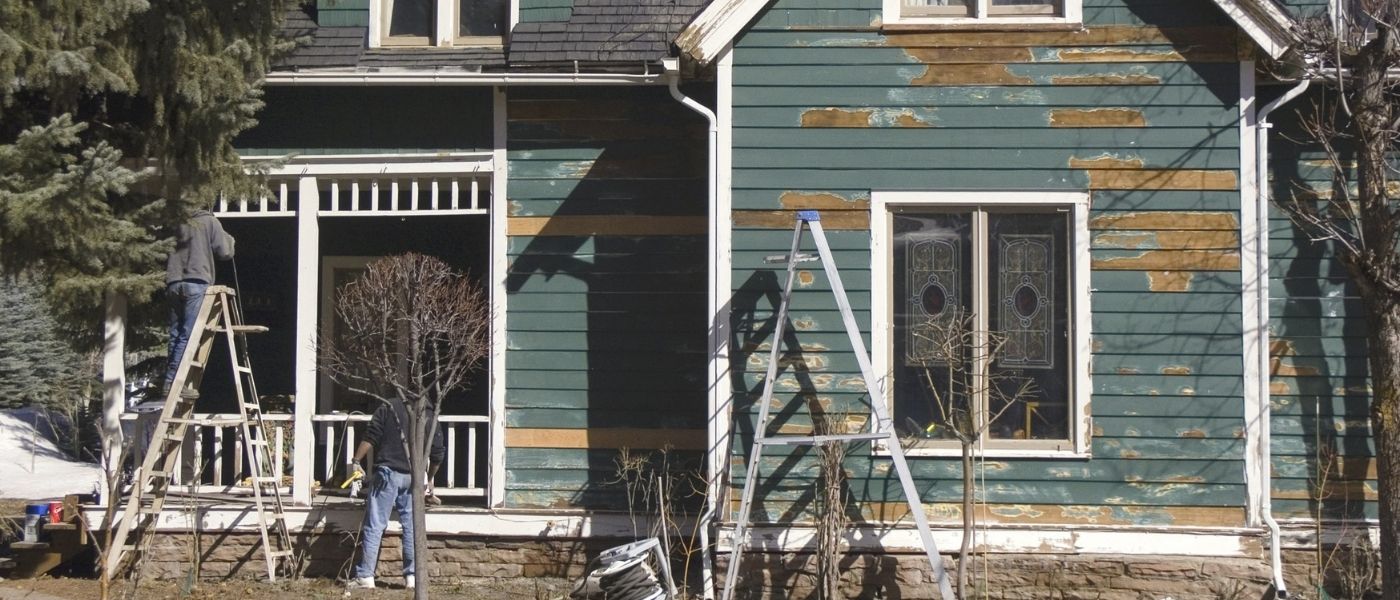Historic homes are charming, but if you are searching for something with fewer issues, you may not fully know what to look for during the home buying process.
As you learn more about your interests, take a look at the health and safety risks when buying an older house. It will benefit you to know them during your search.
Electrical and Plumbing
When you first look at a home, you need to look over the electrical wires and plumbing. Many homes, up until the 1970s, were once built with knob and tube wiring and cast-iron pipes.
Today, a home made with those two things can lead to severe problems, such as a fire from faulty wiring and flooding from bad lines.
When looking at a home that hasn’t received recent updates, talk to your realtor about negotiating the asking price and requesting updates to the electrical and water lines.
Toxic Material
It’s crucial to have an older home inspected before making a final decision. So ensure that you properly inspect the home for hazardous materials, such as asbestos and radon.
That way, you aren’t left overwhelmed when coming across areas you forgot to check.
Depending on the age of the home, you may run into more problems, especially if the house was built before 1978. For example, a home built in the late 1800s would have used asbestos for insulation.
It seemed fine to use asbestos as insulation back then, but today, we know that it’s harmful and causes long-term health problems.
So as you walk through each room, have your inspector check these areas for asbestos or other harmful toxins:
- Bathroom lights
- Walls
- Ceilings
- Basement
- Kitchen
- Floors
Structural Issues
You might think that a structural issue isn’t a huge problem, but that’s a mistake you’re making before you even give your final offer.
If a home isn’t stable or looks precarious, you need to rethink buying the house. Buying a home with foundational issues costs a lot more to fix than what you likely plan to spend on the house.
The best piece of advice is to try to negotiate the price down so that you have more room in your budget to fix the structure.
Faulty Alarm Systems
To live in a danger-free home peacefully, we need to have reliable alarms to help alert us when there’s an emergency, such as smoke or carbon monoxide.
There’s a chance that the older house doesn’t have a reliable system, which means it’s faulty and will need replacing right away after buying your home.
So before you finalize everything, go throughout the home and mark areas that need a new alarm, especially near the bedrooms.
After reading about the health and safety risks when buying an old home, discuss with your realtor the best ways to approach these problems and the top services to contact to perform an inspection. Each inspection you plan and get through is a step closer to a more livable home.


